Building connections with your students and their families aren’t always at the top of your teaching to-do list, but it must be. Children with strong home-to-school connections thrive at school, and as preschool teachers, we can lay the foundation for a positive school experience for our students by making this a priority. Using the Funds of Knowledge framework is a great place to start this process.
What are Funds of Knowledge?
Funds of Knowledge are collections of knowledge based on cultural practices that are a part of families’ inner culture, work experience, or their daily routine. It is the knowledge and expertise that students and their family members have because of their roles in their families, communities, and culture.
Funds of Knowledge can include learning how to make Gnocchi from scratch or keep score at a curling match. It could be quilting or spinning wool into yarn. It could be how to fix a car, care for a crying baby, or prepare a Seder. What makes using these Funds of Knowledge so powerful is that it is culturally relevant to students. It brings more diversity into your classroom for students that don’t relate culturally. It offers teachers a chance to become researchers of their students’ lives. This allows us to better connect with our students’ home cultures and ultimately act as a bridge when needed. And it creates a deeper connection to learning materials and classroom activities for our students.
As teachers, seeking out these Funds of Knowledge offers us a chance to see a more complex view of the families we serve and develop deeper relationships with them, which can be harder to do when working cross-culturally but brings great benefits to the students and our teaching practice.
This concept was developed by educational researchers Luis Moll, Cathy Amanti, Deborah Neff, and Norma Gonzalez. You can read more about the development of this concept and the research that went into it here.

Who Has Funds of Knowledge?
Every member of the school community. Your students, co-workers, and students’ families.
How Can I Incorporate Funds Of Knowledge Into My Early Childhood Classroom?
The study linked above gives a wonderful example of how a teacher used one child’s summer experience in Mexico to teach the class about candy making. It is clear, however, that these weren’t preschoolers they were teaching. For our purposes, I will simplify the concept for practical use in early childhood. In an early childhood education class, this is how I would suggest implementing a Funds of Knowledge approach:
- If possible, make home visits. I know that home visits are not possible for many of you. I have heard from so many teachers that visits are not permitted for one reason or another. If you are not able to, have parent nights where only a limited number of parents come. Then repeat the process with options for daytime and nighttime meetings if possible. This will make it more accessible for parents who work shift work or who can not get childcare. Use these meetings to get to know the parents.
- Invite parents/ caregivers into your classroom to share their talents and expertise. This can be hard because parents often do not believe they have any. This is where knowing the parents helps. You know that one mom is a firefighter; ask her to come in and talk about fire safety. You know, one dad makes the best cookies; ask him to make them with the children. Most parents will come in if you ask. The worst they can say is no.
- Find ways for parents to share their Funds of Knowledge outside of classroom hours. Perhaps a family art project to make a quilt square that a student’s grandmother will sew together on her own time. The teacher can then incorporate that into a lesson and keep the connection alive.
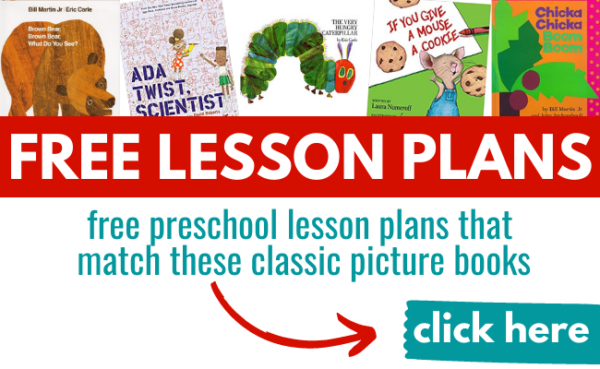

- Be open to students who want to share their Funds of Knowledge as well. Many in our age group (2-5) may not be interested, but allowing children to share has great benefits like building confidence. It offers them a chance to shine and share something significant with their peers and teachers. Some children, especially those in underrepresented groups, may not often feel seen.
- Use the knowledge you have gathered to create culturally relevant experiences for your students. You don’t have to rely on classroom visitors to do this.
- Build on these connections in your classroom over and over again. At the playdough table, then talk about making those special cookies with Hailey’s dad. When you are scooping out beans in the sensory bin, talk about cooking beans with Jaden’s mom… keep it going!
- Use the knowledge you learn from the families both with visits/ parent meetings and when they come in to share as a tool for connecting with their child. Remember those small significant bits of knowledge about each student’s family, of course, allow you to better connect with each one of your students. Of course, understanding where your students, even very young ones, are coming from changes how we teach.
In this post, I’ve simplified the approach coined by Luis Moll, Cathy Amanti, Deborah Neff, and Norma Gonzalez for you to break it down for an early childhood environment. The overall goal is for the teacher to learn from the student and family, connect, and then use that knowledge to create a more authentic learning environment for the child and the class as a whole.
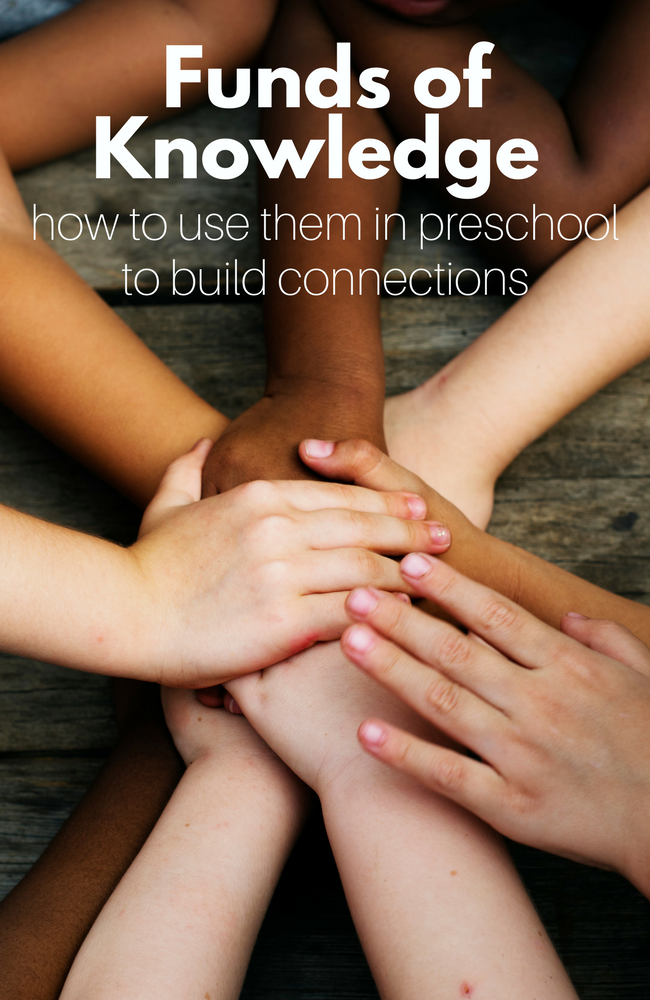
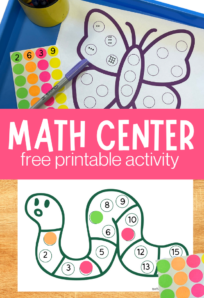
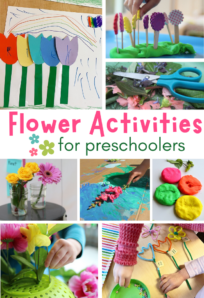
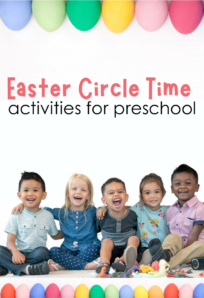
Yonten Dema says
Thank you for sharing such effective information about funds of knowledge.
Ellie says
I would love to quote this piece in my assignment however, I am not sure who wrote it. Please help 🙂
Allison McDonald says
I wrote it – Allison McDonald
Cate says
I would like to quote this as well. Is this article and definition of Funds of Knowledge right from your book, Everyday Preschool?
Allison McDonald says
No – if you want to quote this you will need to use the format for citation of a blog post, and cite this post.
Claudia Cervantes-Soon says
Please make sure you cite the researchers who coined the notion of “funds of knowledge” otherwise you seem to be taking credit for this concept, which is unethical and I don’t think is your intention. Here is a reference you can include:
González, N., Moll, L. C., & Amanti, C. (Eds.). (2006). Funds of knowledge: Theorizing practices in households, communities, and classrooms. Routledge.
Allison McDonald says
I absolutely agree and in no way am trying to imply this is my notion, as you can see – I do cite the authors in the body of my post. In the section copied here:
“This concept was developed by educational researchers Luis Moll, Cathy Amanti, Deborah Neff, and Norma Gonzalez. You can read more about the development of this concept and the research that went into it here.” With a link to source materials. https://www.tandfonline.com/doi/abs/10.1080/00405849209543534?journalCode=htip20
I repeat it at the end of the post as well. I feel as though it is very clear to readers that I am not trying to take ownership of it. I do recognize it is not a formal citation, as this blog is obviously not a formal academic journal.